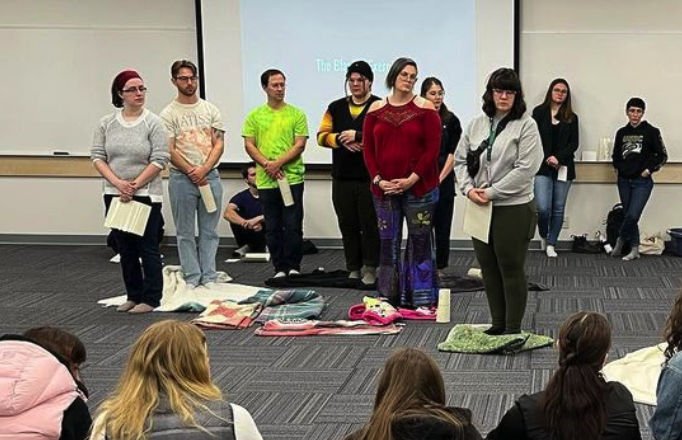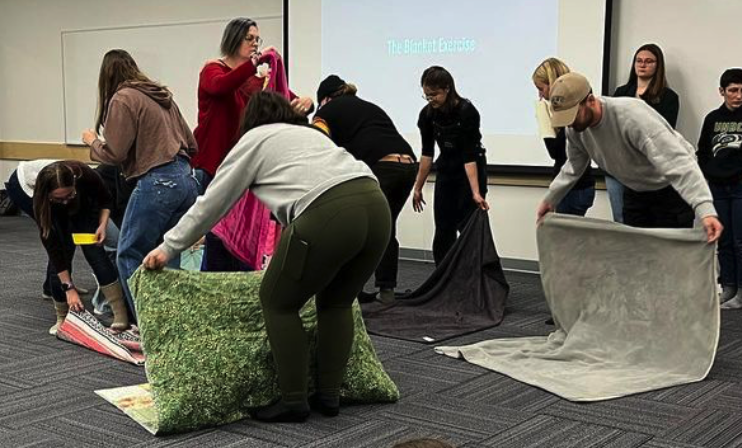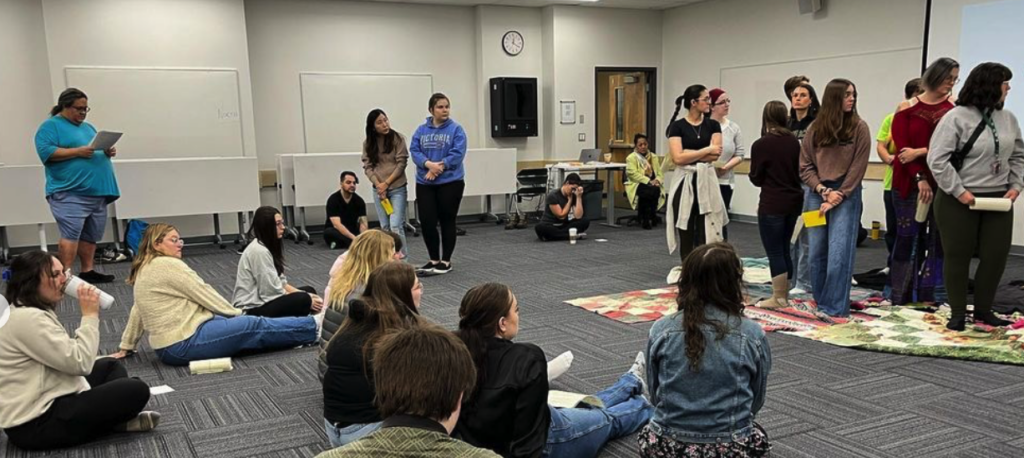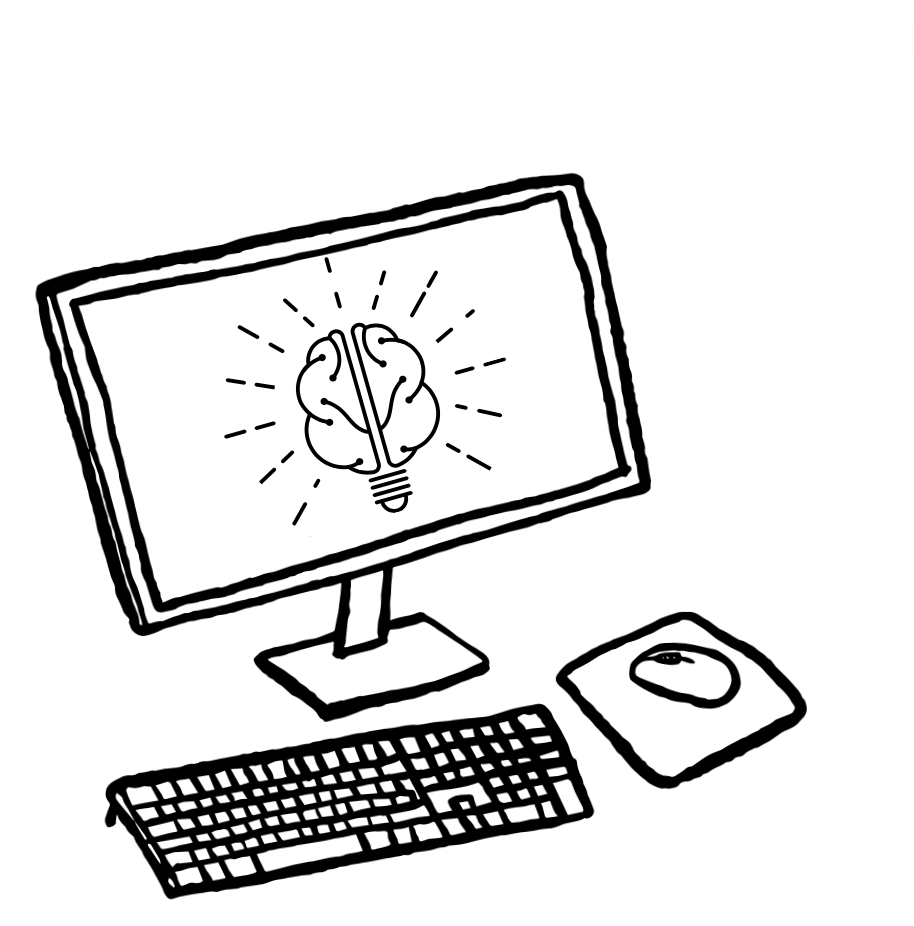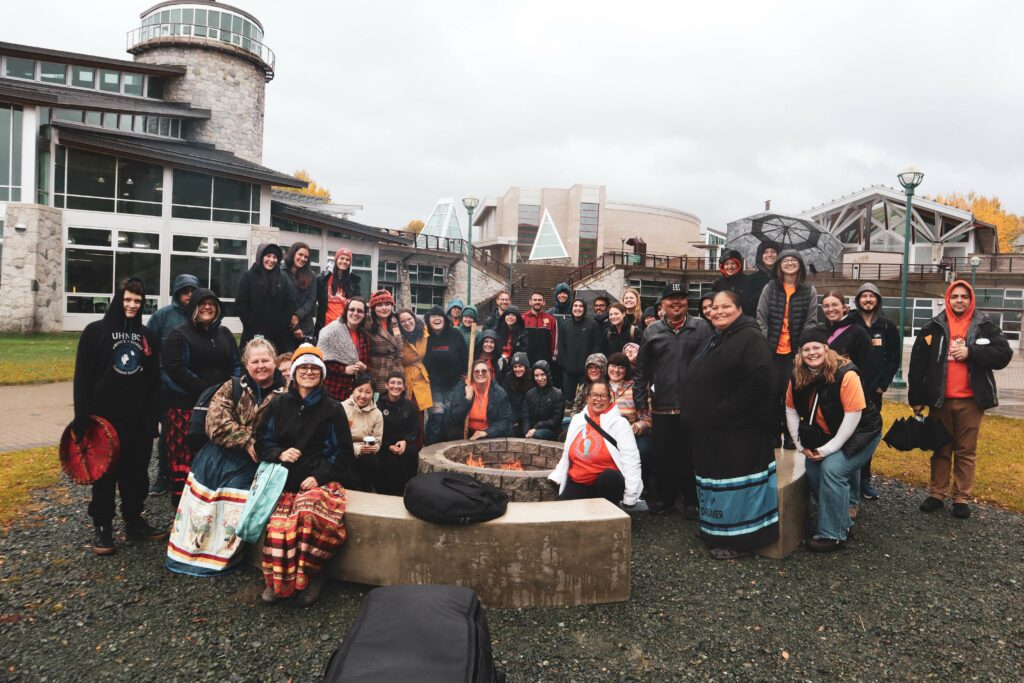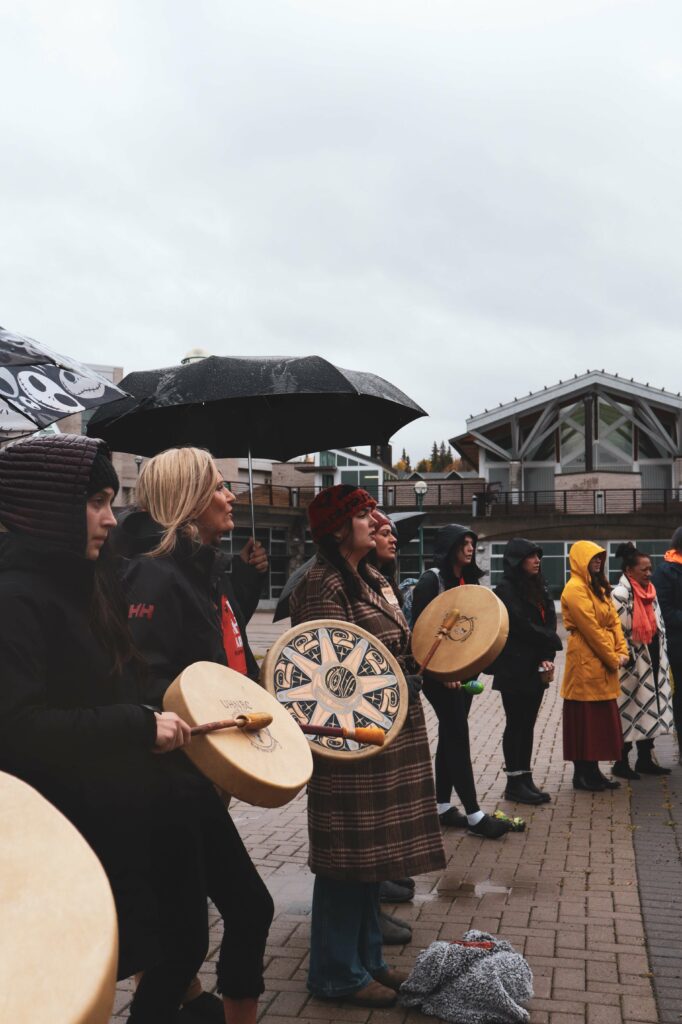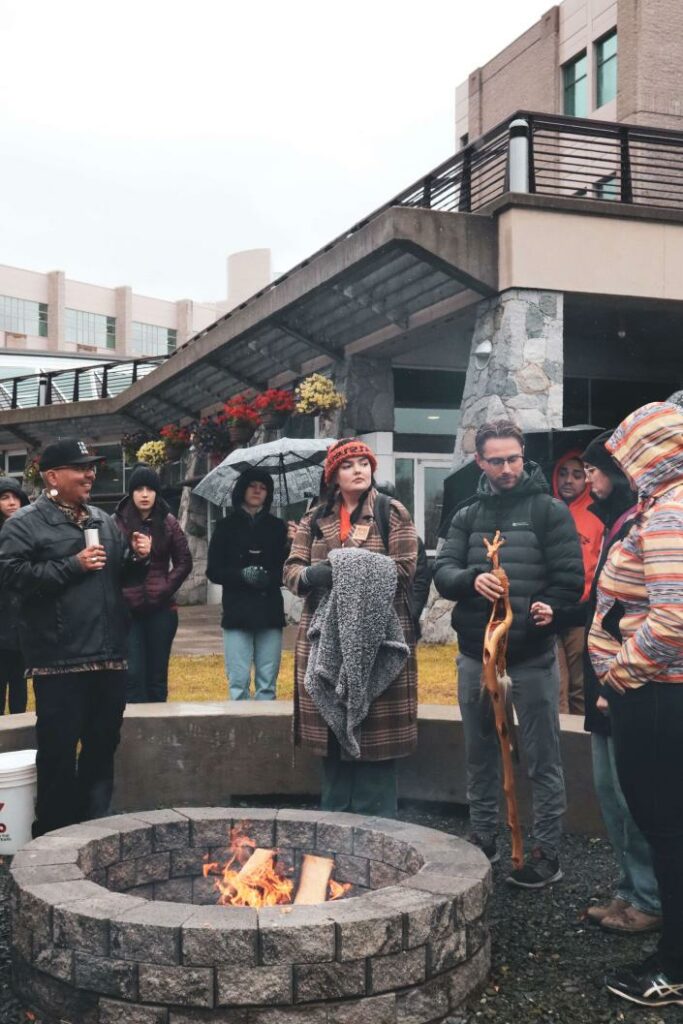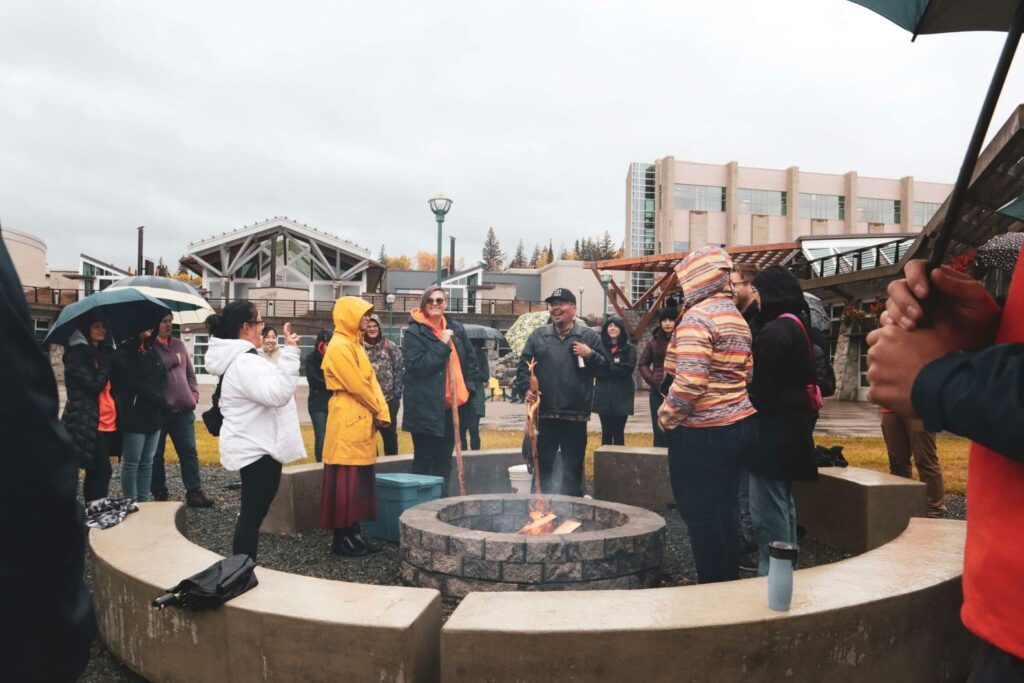How we can best utilize our Public Libraries in our academic and personal learning!
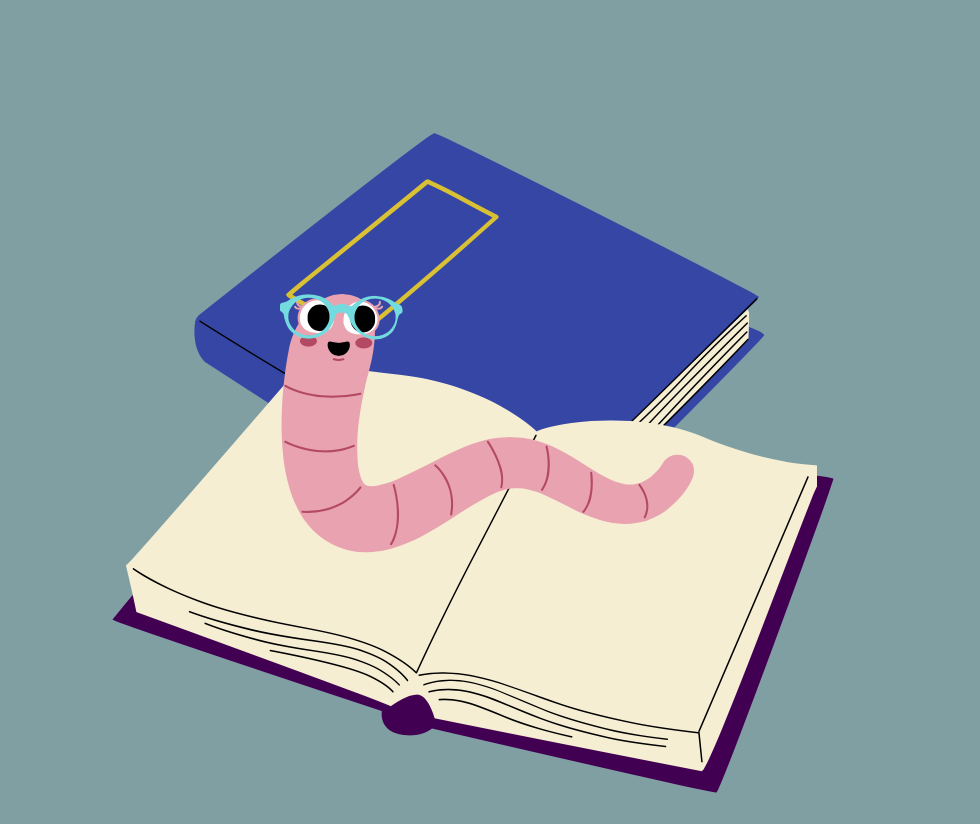
Did you know that…
- All B.C children have a RIGHT to a library card
- If you already have a library card from another location within BC you can apply for a BC One Card Library Card!
- One Card users are able to take out books from all participating libraries across BC without having to be local!
- Library cards are free to all people who live or own property in the City of Prince George! (at least the first card you get is)
- The Prince George Public Library (PGPL) is a fine free library!
- that’s right! The PGPL wants to encourage readers and their reading, so as long as you don’t wreck a book, lose a book OR print more than 30 pages a day at the library!
- It’s not just books you can borrow from the library!
- Teenagers under 19 are able to borrow remotes to video game consoles that are open to public use at the downtown PGPL location
- You can borrow KITS: a selection of learning tools and media stored inside tubs that can be borrowed from the library! There are multiple types of KITS ie) Snap Circuits, HAM Radios, Robotic Kits and Story Kits (based on themes), Sewing Kits, Bike Repair kits etc.
- The PGPL has a free Tutoring Program!
- The homework help program is a free tutoring program of all k-12 subjects free for all students and youth
- if you plan to apply for homework help as a student do so EARLY as they do fill up quickly!
- The PGPL offers Sensory Kits for internal Library Use
- these kits include sound limiting headphones, weighted blankets, fidget toys and more!
The Right to Read!

Library Cards are free to all those who apply at the Prince George Public Library locations. All you need to apply is proof of identification such as a driver’s license, student identification card, personal health card or proof of residency. All citizens have the right to read, and Libraries will help all youth to obtain a library card with or without available IDs as it is their belief that all citizens have the right to read!
VOX, Audiobooks and Ebooks!
The Prince George Public Library is very inclusive and accessible to readers of all types and has VOX (talking books that have mp3s in them to read aloud to you), physical audio-books available in the library and virtual audiobooks and ebooks available through the library online database! If you are searching for books in braille, the library online database also has books through NNELS that can be transferred onto your plug-in braille devices! If you are interested in discovering the online ebooks/audiobooks and more you can find more information on the PGPL website under ‘Online Resources- Books and More’.
follow this link for more: https://www.pgpl.ca/online-resources
Films, Television and Video Games!
The PGPL has a large selection of films, television series and video games for a variety of consoles available for the public to borrow. The video games are only able to be sourced for borrowing from the physical libraries. However, if you’re unable to physically visit the library, don’t worry, The PGPL has multiple online databases in which you are able to watch film and television! Through the ‘Books and More’ section of the Online Resources on the PGPL website, these visual media can be found under the application titled “HOOPLA”
How PGPL (and other Libraries) can be useful to Educators:
The PGPL is a great resource for teachers and students alike, as it’s a wonderful place to source books, films and education KITS great for lesson plans and projects! As we noted above, KITS, films and books are easily accessible within the library and are not just limited to teachers. However, there is something unique to teachers alone that is accessible through the PGPL, and that is the ability to order a selection of books and media through the library on specific themes in which the librarians will source books for you to choose from! This takes the pressure off of you as a teacher to spend your own personal time looking for texts which you need for class.
The PGPL also has multiple private study rooms in which you can book for two-hour increments, which could be super useful for lesson planning, marking and more! I already utilise these rooms and find them super beneficial to my production levels.
Finally, something that isn’t technically targeted at teachers is the selection/collection of book club books that the library has, as these could be super useful to us teachers when doing novel studies. These texts, however, may be limited, so this may be something to look into further.

Sources:
(1)“Prince George Public Library,” n.d. https://www.pgpl.ca.
*All graphics made by me with the use of Canva.com


